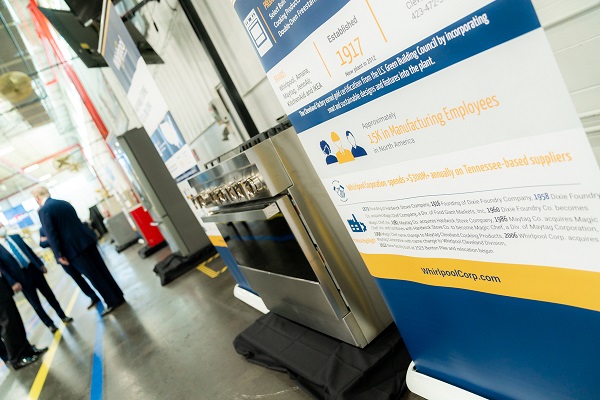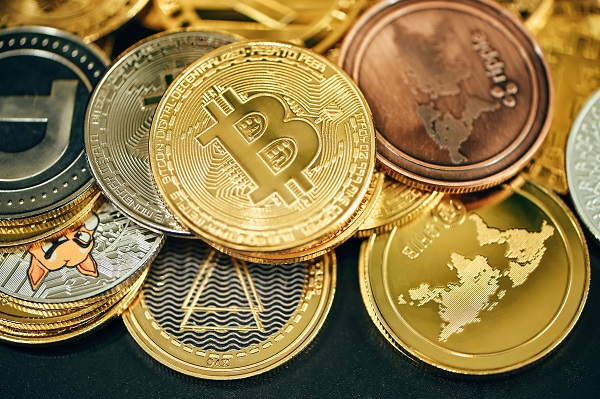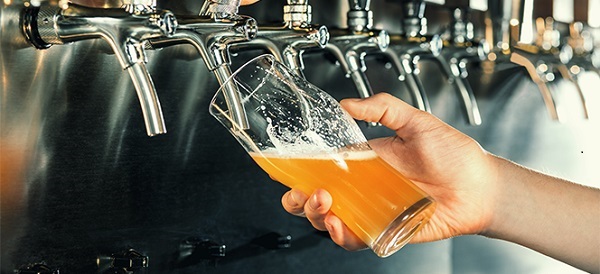The latest “Gross Domestic Product, Income, and Expenditure: Third Quarter 2024” report highlights six consecutive declines in GDP per capita & collapsing business investment
Good evening my fellow Canadians, and welcome to the final chapter of Canada as a thriving economy, brought to you courtesy of Justin Trudeau. The latest GDP report isn’t just a spreadsheet of bad news—it’s a grim look at the devastation Trudeau has unleashed on Canada’s economy.
Here’s what they won’t tell you: while Trudeau prances around on the world stage, preaching about climate change and “equity,” the average Canadian is getting poorer. GDP per capita—one of the most telling measures of prosperity—has now declined for six consecutive quarters, hitting levels not seen since 2017. Let that sink in. Under Trudeau’s leadership, Canadians are worse off today than they were seven years ago.
Canada’s GDP Growth: A Sluggish Economy Falling Behind
The latest figures from Statistics Canada’s Gross Domestic Product, Income, and Expenditure: Third Quarter 2024 report show an economy struggling to find its footing. Real GDP grew by 0.3% in Q3 2024, a slowdown from the 0.5% growth in the first and second quarters of the year. On an annual basis, GDP growth for 2023 was a modest 1.1%, further highlighting Canada’s weak economic momentum.
In real terms, Canada’s GDP as of Q3 2024 stands at $2,419,572 million (chained 2017 dollars). While the economy continues to expand, this growth pales in comparison to the nation’s surging population.
GDP Per Capita Declines: A Warning Sign for Canadians
Canada’s economic growth is not keeping pace with its rapid population expansion. In Q3 2024, GDP per capita—arguably the most important measure of economic health—declined by 0.4%, marking the sixth consecutive quarterly drop. With a staggering 3.2% population growth in 2023, Canada’s economy cannot sustain the same level of prosperity for its citizens.
Current GDP per capita is estimated at ~$54,000, down from its pre-pandemic high of ~$58,100 in 2017, and 2.5% below 2019 levels. To return to its long-term trend, GDP per capita would need to grow at an ambitious 1.7% annually for the next decade, a rate well above the recent average of just 1.1% per year since 1981.
Historical Context: Long-Term Prosperity Eroded
The report shows a troubling trajectory in inflation-adjusted GDP per capita over decades:
- 1981: ~$36,900
- 2017: ~$58,100
- 2024: ~$54,000 (estimated due to consecutive declines).
Despite Canada’s resource wealth and economic potential, GDP per capita remains 7% below its historical growth trend, signaling systemic productivity and investment issues.
Key Drivers of GDP Growth in Q3 2024
The Q3 2024 report highlights the components influencing GDP growth:
- Household Spending: +0.9%
- Government Spending: +1.1%
- Business Investment in Machinery and Equipment: -7.8%
- Exports: -0.3%
- Imports: -0.1%
While household and government expenditures provided some lift, the steep decline in business investment—down nearly 8%—and weaker exports reveal structural weaknesses in Canada’s economic model.
A Warning for the Future
These numbers tell a grim story: Canada’s economic growth, when adjusted for its population explosion, is failing to provide real benefits to its citizens. GDP per capita declines, stagnant productivity, and plummeting business investment highlight the challenges ahead. Without dramatic improvements in productivity, competitiveness, and fiscal policy, Canada’s long-term economic prospects remain precarious.
Trudeau’s Population Bomb
In 2023, Canada’s population grew by a jaw-dropping 3.2%, adding over 1.27 million people—the size of Calgary—in just one year. Trudeau’s open-door immigration policy is out of control. But here’s the kicker: the economy isn’t keeping up. GDP growth is crawling at 0.3%, while GDP per capita—the number that actually reflects living standards—has fallen 2.5% below pre-pandemic levels.
What does this mean? Trudeau is creating a country where there are more people, but less wealth to go around. He’s importing voters for his political base while ignoring the basic economics of supply and demand. More people mean more pressure on housing, healthcare, and infrastructure—all of which are already in crisis. Trudeau gets the photo ops, and Canadians get poorer.
Productivity? What’s That?
Here’s the real scandal: Canada’s productivity is collapsing, and Trudeau couldn’t care less. Business investment in machinery and equipment—a cornerstone of economic growth—dropped 7.8% in Q3 2024. That’s not a blip. It’s part of a long-term trend.
Under Trudeau, Canada has become hostile to business. With punishing taxes, endless red tape, and policies designed to appease radical activists, companies have stopped investing. They’re pulling back because they see no future in a country run by a trust-fund prime minister who treats the economy like his personal virtue-signaling playground.
Exports Collapse, Government Spending Soars
Exports fell 0.3% this quarter, after a 1.4% drop the quarter before. That’s Canada losing its competitive edge, plain and simple. While Trudeau waxes poetic about “green transitions,” other countries are eating Canada’s lunch.
Meanwhile, Trudeau’s solution to every problem is predictable: throw money at it. Government spending rose 1.1% in Q3 2024, marking the third consecutive quarterly increase. But this isn’t investment—it’s waste. It’s billions spent on flashy programs that do nothing to address Canada’s fundamental economic problems.
The OECD Warning Trudeau Ignores
Here’s a fact Trudeau won’t tweet about: The Organization for Economic Co-operation and Development (OECD) projects that Canada will have the lowest GDP per capita growth of all member countries through 2060. That’s Trudeau’s legacy: turning Canada into the slowest-growing economy in the developed world.
This isn’t just incompetence—it’s deliberate. Trudeau’s agenda isn’t about making Canada prosperous; it’s about centralizing power. His policies crush the middle class, drive businesses out, and create dependence on government handouts.
The Final Verdict
Justin Trudeau has managed to take one of the most resource-rich, opportunity-filled countries in the world and drive it into economic stagnation. He’s turned Canada into a welfare state for the many and a playground for the elite. GDP per capita is falling, productivity is collapsing, and the future looks bleak for ordinary Canadians.
Let’s be clear: Trudeau doesn’t care. As long as he’s jet-setting to global conferences, virtue-signaling about climate justice, and securing his legacy as the darling of the global elite, the suffering of everyday Canadians is irrelevant to him.
Canada deserves better. It deserves leadership that values hard work, economic freedom, and the dignity of a prosperous nation. And until Trudeau is gone, don’t expect any of that.

















